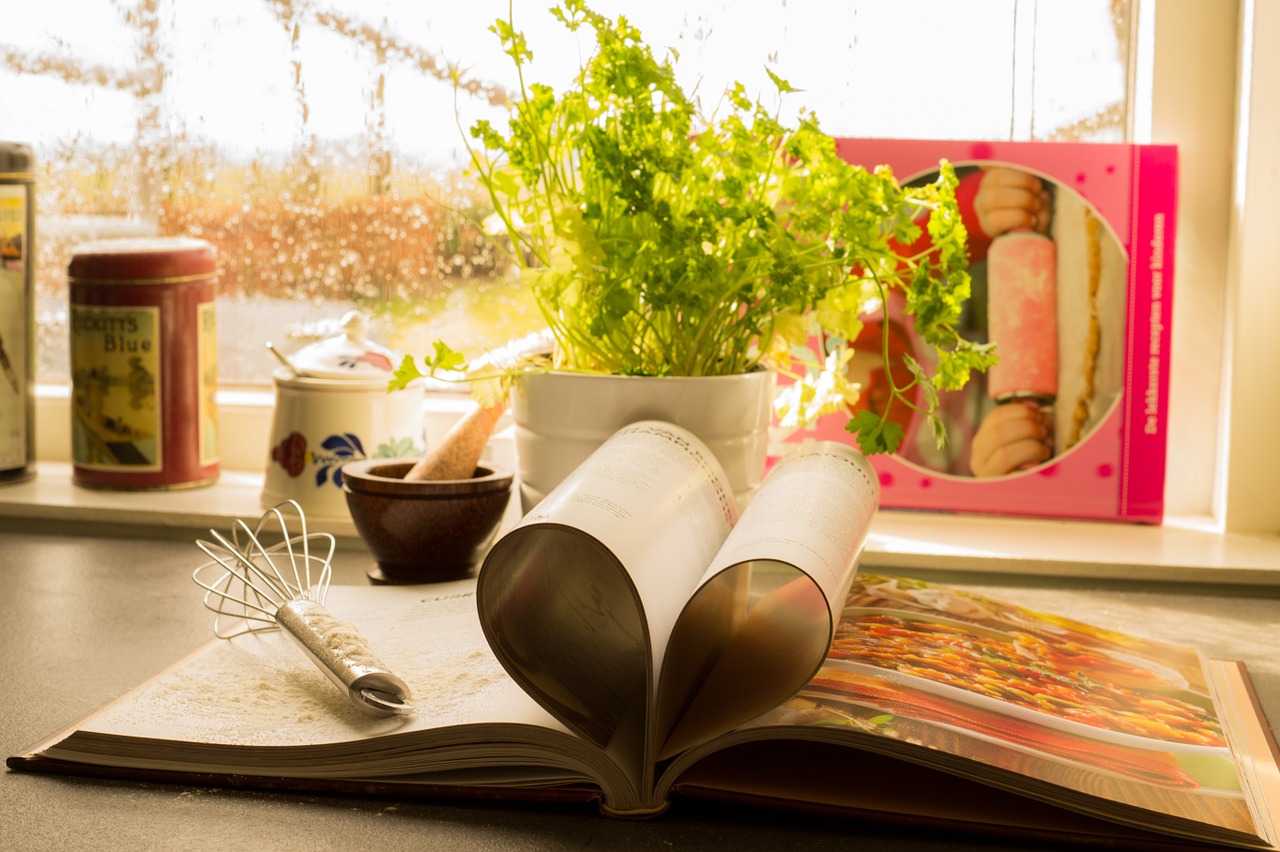Spanish Braised Monkfish – Recipe
Monkfish is in season in August! The fish, known for its huge head and mouth, and its tight, meaty white flesh, is often compared to lobster meat. It’s commonly used in French cuisine, but has only recently become popular in America. Only the monkfish tail is edible, and it’s sold whole or filleted. Any gray or tan membranes should be removed before cooking. The flesh is bright white, lean and mild-tasting.
Olive oil, red bell peppers, garlic, and sherry give this gently simmered fish its Spanish accent. They’re pureed with another favorite Spanish ingredient, blanched almonds, which thicken the sauce and give it a sweet, nutty flavor.
Serves 4
Ingredients
2 tablespoons olive oil
1 onion, chopped
2 red bell peppers, diced
1 1/2 teaspoons salt
3 cloves garlic, minced
1/3 cup dry sherry
1 cup bottled clam juice
1/4 cup blanched slivered almonds
1/2 teaspoon fresh-ground black pepper
2 pounds monkfish, membranes removed, fish cut to make 4 pieces
2 tablespoons chopped fresh parsley
- In a large deep frying pan, heat the oil over moderate heat. Add the onion, bell peppers, and salt and cook, stirring occasionally, until the onion is soft, about 5 minutes. Stir in the garlic and sherry; simmer for 1 minute. Add the clam juice and bring to a simmer. Reduce the heat and simmer, covered, for 10 minutes.
- Transfer the contents of the frying pan to a blender or food processor and puree. Add the almonds and the black pepper. Pulse until the nuts are chopped very fine. Return the sauce to the pan.
- Bring the sauce just to a simmer and add the fish to the pan. Simmer, covered, until just done, 10 to 12 minutes. Slice the fish on the diagonal and serve with the parsley sprinkled over the top.
Fish Alternatives: Though monkfish is quite firm, a relatively firm, thick white fish, such as haddock, cod, or halibut, would also be delicious braised in this flavorful sauce.
Suggested Pairing
A fresh, fruity but not-too-sweet Rosé will complement the Mediterranean flavors here. Look for a Rosé from Rioja to carry out the Spanish theme, or try one from southern France.

